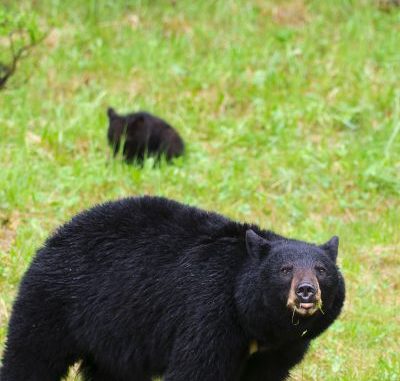
Plan protects hunting, fishing habitat
I don’t know many outdoorsmen who would argue against habitat management. We all want more forests to support more deer, squirrels, turkeys and rabbits. We all want to protect our marshes so we can watch swarms of ducks cup into a spread of dekes. We all want to ensure our favorite fishing hole doesn’t fall victim to the gnawing effects of erosion.
But what if the habitat work also increases what comes to be seen as nuisance — but federally protected — animals?
Case in point: the Louisiana black bear.
Since 1992, this subspecies has been protected under the federal Endangered Species List. And for the past decade or so complaints from outdoorsmen about bears have mounted.
To be fair, bears can be problematic. They wreck feeders. They break into camp garbage bins. And, as the populations have grown, bears occasionally invade urban areas.
So has the costly program that has resulted in nearly 500 Louisiana black bears roaming our state’s wilds been worth it?
I would argue that it has been.
First, state and federal managers are working to delist the species, and Louisiana Department of Wildlife and Fisheries officials have openly talked about bear-hunting opportunities.
Man, that’s awesome. Even though such hunting would be highly regulated (after all, there’s a fairly small number of individuals in the statewide population), who would argue with the opportunity to take a bear without traveling out of state?
And before any bunny huggers out there whine about hunting a 500-member population, let me point out that regulated hunting has been the biggest conservation boon in our country’s history. Species from deer to turkeys might be extinct by now had it not been for hunters funding restocking and habitat management projects to protect animals that were fast going the way of the dodo.
But there’s more to the bear recovery plan than a potential hunting season: It has created and protected habitat across the state that supports myriad wildlife species. Honestly, that was something I never really thought about. I knew the plan included work on public lands like Tensas River National Wildlife Refuge, but building habitat corridors also has resulted in the protection of 140,000 acres of privately owned habitat.
And Bayou Teche NWR in St. Mary Parish was established strictly as a means of protecting the southern reaches of this corridor. Most of those who hunt and fish on this 9,000-acre tract of public land have no idea they owe the refuge’s very existence to the black bear recovery plan.
Click here for more about how rebuilding the species has benefited our sport.
You’ll come away with a better appreciation for the lowly Louisiana black bear.


